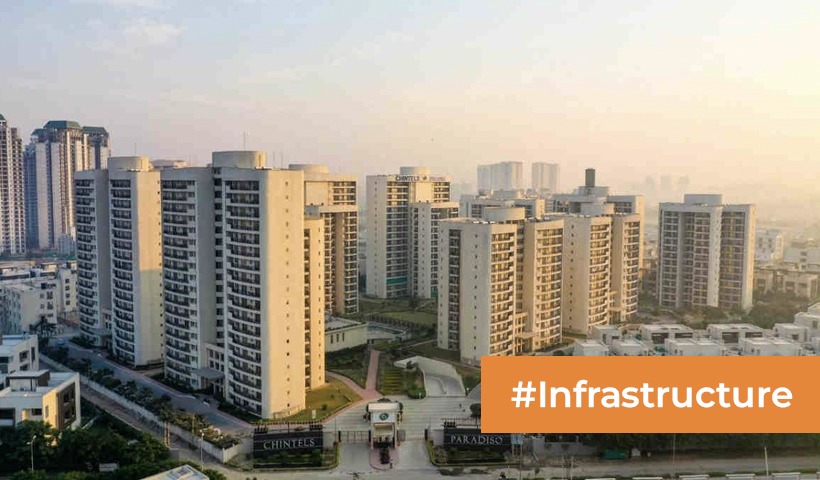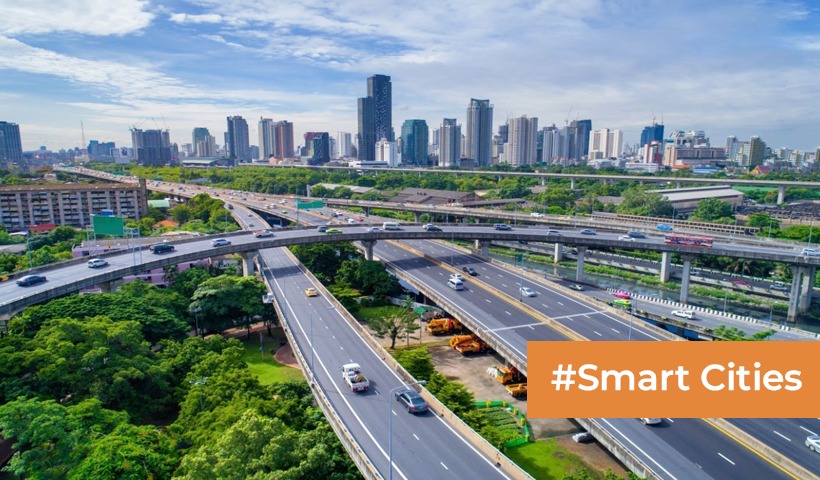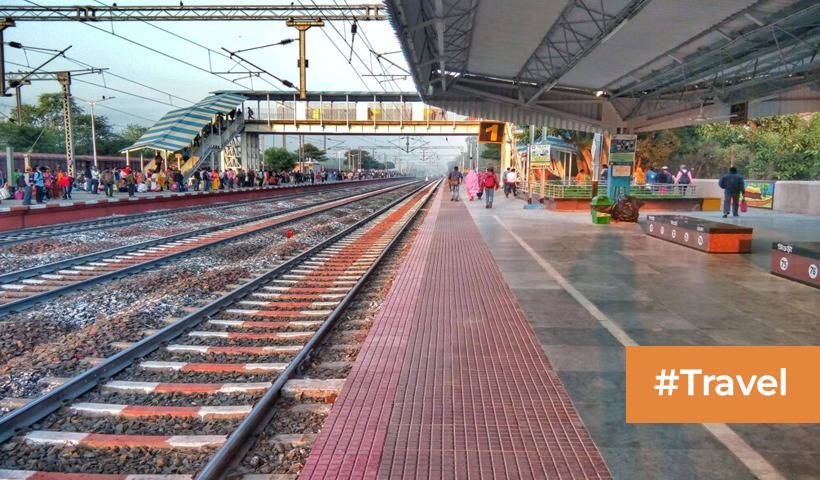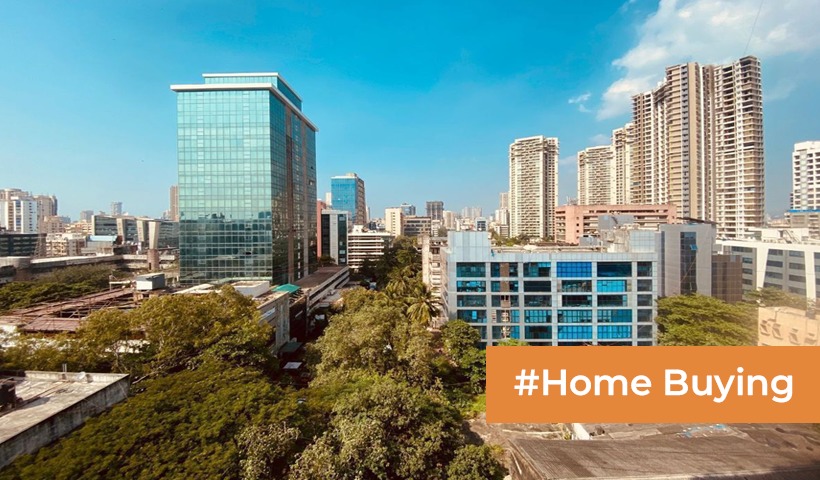Curious about Lucknow Metro? Here’s Everything You Need to Know
Lucknow, the cultural capital of Uttar Pradesh, has undergone a transformative change in its public transportation landscape with the introduction of the Lucknow Metro. In this extensive guide tailored for our Indian audience, we’ll delve into the intricacies of Lucknow Metro, exploring its history, infrastructure, operational details, and the impact it has had on the city’s connectivity.
The Evolution of Lucknow Metro
1. Inception and Planning
The idea of a metro system in Lucknow was conceptualized to address the city’s growing population and traffic challenges. The project received approval in 2013, marking the beginning of a transformative journey in Lucknow’s urban transportation.
Data Point: The Lucknow Metro project is part of the metro rail policy formulated by the Government of India to ease traffic congestion in urban centers.
2. Phases and Expansion Plans
Lucknow Metro is being implemented in multiple phases to enhance connectivity across the city. Understanding the planned expansions and future phases provides insights into the long-term vision for Lucknow’s metro network.
Tip: Stay updated on the proposed metro corridors and upcoming stations for a holistic view of Lucknow Metro’s expansion.
Infrastructure and Operational Details
3. Metro Corridors and Routes
Lucknow Metro currently operates two major corridors:
- North-South Corridor (Red Line): From Chaudhary Charan Singh International Airport to Munshi Pulia.
- East-West Corridor (Blue Line): From Charbagh Railway Station to Vasant Kunj.
Familiarizing yourself with these routes is essential for planning efficient metro commutes.
Data Point: The operational corridors cover key areas of the city, connecting major residential and commercial hubs.
4. Stations and Interchange Points
Lucknow Metro features strategically located stations, offering convenient access to prominent locations. Understanding interchange points facilitates seamless travel between different metro corridors.
Tip: Explore the amenities and facilities available at each metro station for a comfortable commuting experience.
5. Ticketing and Smart Cards
Lucknow Metro employs modern ticketing systems, including the use of smart cards for convenient and cashless transactions. Exploring the various ticketing options and fare structures ensures cost-effective travel.
Data Point: Lucknow Metro’s smart card system contributes to reduced waiting times and smoother entry at metro stations.
6. Operational Timings and Frequency
Being aware of Lucknow Metro’s operational timings and train frequency is crucial for planning your daily commute. Whether you’re a regular commuter or an occasional traveler, optimizing your travel schedule ensures timely arrivals.
Tip: Check the metro schedule in advance, especially during peak hours, to plan your journey efficiently.
Impact on Lucknow’s Connectivity
7. Commuter Benefits and Convenience
Lucknow Metro has significantly improved the city’s connectivity, offering a fast and reliable mode of transportation. Understanding the benefits of metro travel, such as reduced commute times and lower carbon footprint, encourages more residents to opt for this mode of transport.
Data Point: Lucknow Metro has witnessed a steady increase in daily ridership since its inception.
8. Economic and Commercial Impact
The metro’s impact extends beyond commuting; it has contributed to the economic growth of the city. The improved accessibility to commercial and business districts has spurred development, attracting investments and fostering economic activities.
Tip: Explore the areas surrounding metro stations for commercial and recreational opportunities.
Future Developments and Community Engagement
9. Environmental Initiatives
Lucknow Metro is not just a transportation system; it’s also committed to environmental sustainability. The integration of eco-friendly practices and energy-efficient technologies underscores its dedication to minimizing its carbon footprint.
Data Point: The metro system incorporates regenerative braking systems and energy-efficient lighting to reduce energy consumption.
10. Community Outreach and Engagement
Lucknow Metro actively engages with the local community through awareness programs and events. Staying informed about these initiatives allows residents to actively participate in the development and enhancement of the metro system.
Tip: Follow Lucknow Metro’s official communication channels for updates on community engagement events and programs.
Conclusion
In conclusion, Lucknow Metro stands as a symbol of progress and connectivity in the heart of Uttar Pradesh. By understanding its evolution, operational details, and impact on the city, residents can fully leverage this modern transportation marvel. As Lucknow continues to grow, the metro system plays a pivotal role in shaping a more connected and accessible future.
Disclaimer: The views expressed above are for informational purposes only based on industry reports and related news stories. PropertyPistol does not guarantee the accuracy, completeness, or reliability of the information and shall not be held responsible for any action taken based on the published information.




